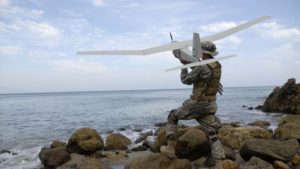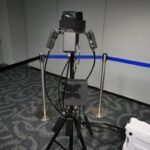
Customs and Border Protection (CBP) this week released a list of desired functional capabilities for an upcoming procurement of small drones that can fly like fixed-wing aircraft but take-off and land vertically. CBP says its currently plans to issue a solicitation during the fourth quarter of fiscal year 2020 for the hybrid-small unmanned aircraft system (H-sUAS). Release of the functional capabilities list follows a Request for Information (RFI) last August from CBP to conduct market research on the H-sUAS systems,…

 By
By 











